"Much that once was, is lost. For none now live who remember it..." JRR Tolkien, from The Lord of the Rings. A veteran of the Somme, I hope he would understand my applying his words to an aspect of the Great War, the experience of which is now fading rapidly out of living memory.
I think I have solved a puzzle at last, and invite an open-minded, objective look at the evidence. There would seem to be enough to make a good case, and if I am right, it will become easier to obtain more. There is no doubt this will be a controversial theory, but if time proves it correct, you heard it first, here!
The theory:
PlMs are grouped into "Official Chancellery" issue versions, the crosses actually awarded by the Prussian State, and private purchase crosses. At least after 1900, the official versions are widely assumed to have been made by Wagner (and/or Friedlander as a subcontractor) with Godet supplying most, if not all, private purchases. These are, most definitely, assumptions, however. I have been able to find no evidence Godet did not supply Chancellery crosses--and it begs the immediate question, why wouldn't they, as a Royal House Jeweler long before Wagner? (Nor have I come across any evidence Wagner did not sell private purchase pieces, though there does not seem to be a known example, one must wonder how it could be known one way or the other at this point.)
Looking at the question forensically, I think an excellent case can be made Godet not only supplied Orders Chancellery official awards during WWI, but probably did for at least 50 years prior as well. That this has not been recognized photographically, for instance, is simply owing to the assumption "a Godet" must look like the recognized private-purchase type.
Think, instead, of the EK...a proper EK1 or EK2 can be identified precisely because the official versions had certain expected traits. The same will likely eventually prove true for the PlM: a Chancellery-issue PlM had to meet certain standard/stipulated traits. No one could buy the official version. Anything which was not official, thus had to look different--be instantly recognizable as such. All period photographs of Chancellery awards will thus look very similar, and the details which would point to the manufacturer (which I will be able to show) would in most cases not be discernible without a resolution or detail which is typically lacking.
The evidence for this theory must start in the mid 1800s. As in previous threads, I would like to use some close-up scans from Stephen Previtera's excellent Prussian Blue, as origin-attributed citations, for this academic purpose. In the hunt for historical truth, I hope Stephen will allow this. In many of these cases, my interpretation of the evidence differs from his. Prussian Blue is in essence a PlM textbook, and like any textbook, the work reflects the author's research, their interpretation of same, and their own beliefs. All of the latter are respected here. I would (again) encourage all interested readers of this thread to obtain a copy of Prussian Blue if you are one of the few who does not already have one.
I think I have solved a puzzle at last, and invite an open-minded, objective look at the evidence. There would seem to be enough to make a good case, and if I am right, it will become easier to obtain more. There is no doubt this will be a controversial theory, but if time proves it correct, you heard it first, here!
The theory:
PlMs are grouped into "Official Chancellery" issue versions, the crosses actually awarded by the Prussian State, and private purchase crosses. At least after 1900, the official versions are widely assumed to have been made by Wagner (and/or Friedlander as a subcontractor) with Godet supplying most, if not all, private purchases. These are, most definitely, assumptions, however. I have been able to find no evidence Godet did not supply Chancellery crosses--and it begs the immediate question, why wouldn't they, as a Royal House Jeweler long before Wagner? (Nor have I come across any evidence Wagner did not sell private purchase pieces, though there does not seem to be a known example, one must wonder how it could be known one way or the other at this point.)
Looking at the question forensically, I think an excellent case can be made Godet not only supplied Orders Chancellery official awards during WWI, but probably did for at least 50 years prior as well. That this has not been recognized photographically, for instance, is simply owing to the assumption "a Godet" must look like the recognized private-purchase type.
Think, instead, of the EK...a proper EK1 or EK2 can be identified precisely because the official versions had certain expected traits. The same will likely eventually prove true for the PlM: a Chancellery-issue PlM had to meet certain standard/stipulated traits. No one could buy the official version. Anything which was not official, thus had to look different--be instantly recognizable as such. All period photographs of Chancellery awards will thus look very similar, and the details which would point to the manufacturer (which I will be able to show) would in most cases not be discernible without a resolution or detail which is typically lacking.
The evidence for this theory must start in the mid 1800s. As in previous threads, I would like to use some close-up scans from Stephen Previtera's excellent Prussian Blue, as origin-attributed citations, for this academic purpose. In the hunt for historical truth, I hope Stephen will allow this. In many of these cases, my interpretation of the evidence differs from his. Prussian Blue is in essence a PlM textbook, and like any textbook, the work reflects the author's research, their interpretation of same, and their own beliefs. All of the latter are respected here. I would (again) encourage all interested readers of this thread to obtain a copy of Prussian Blue if you are one of the few who does not already have one.

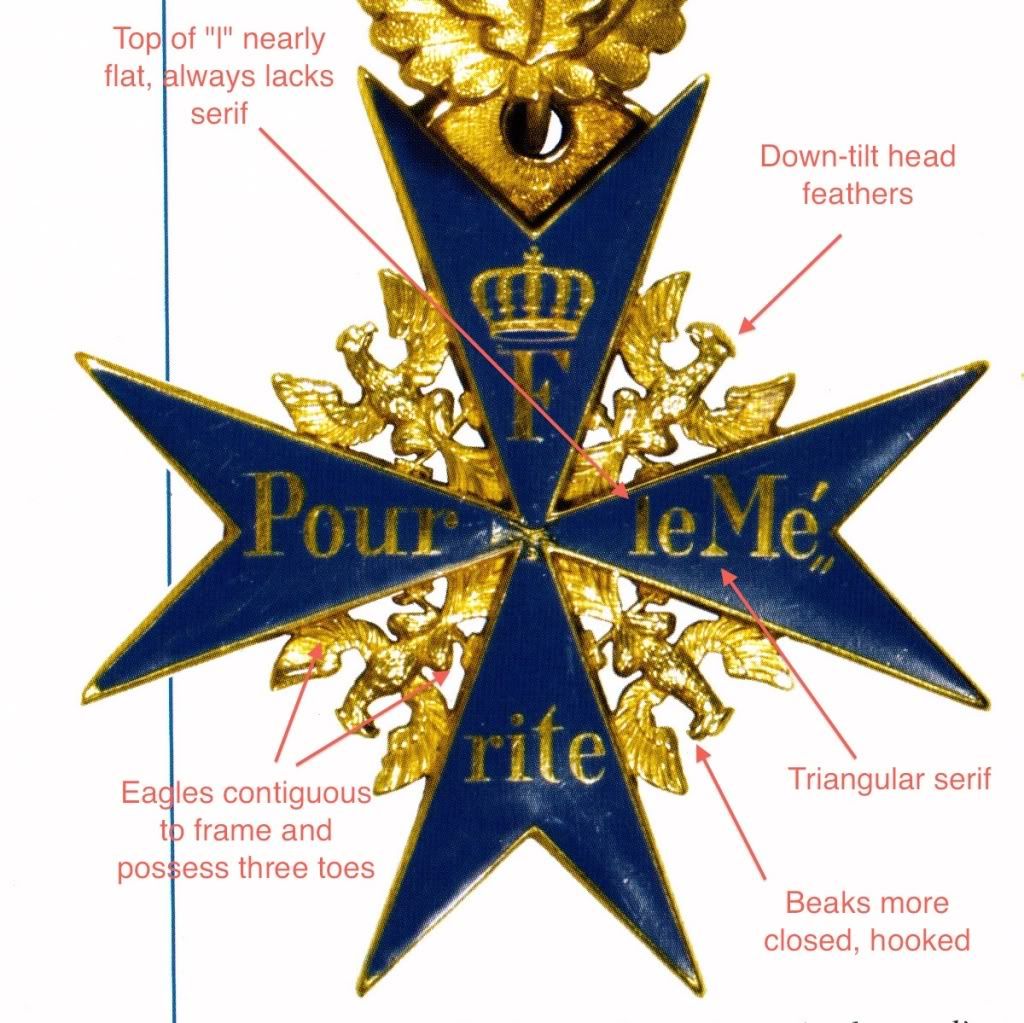
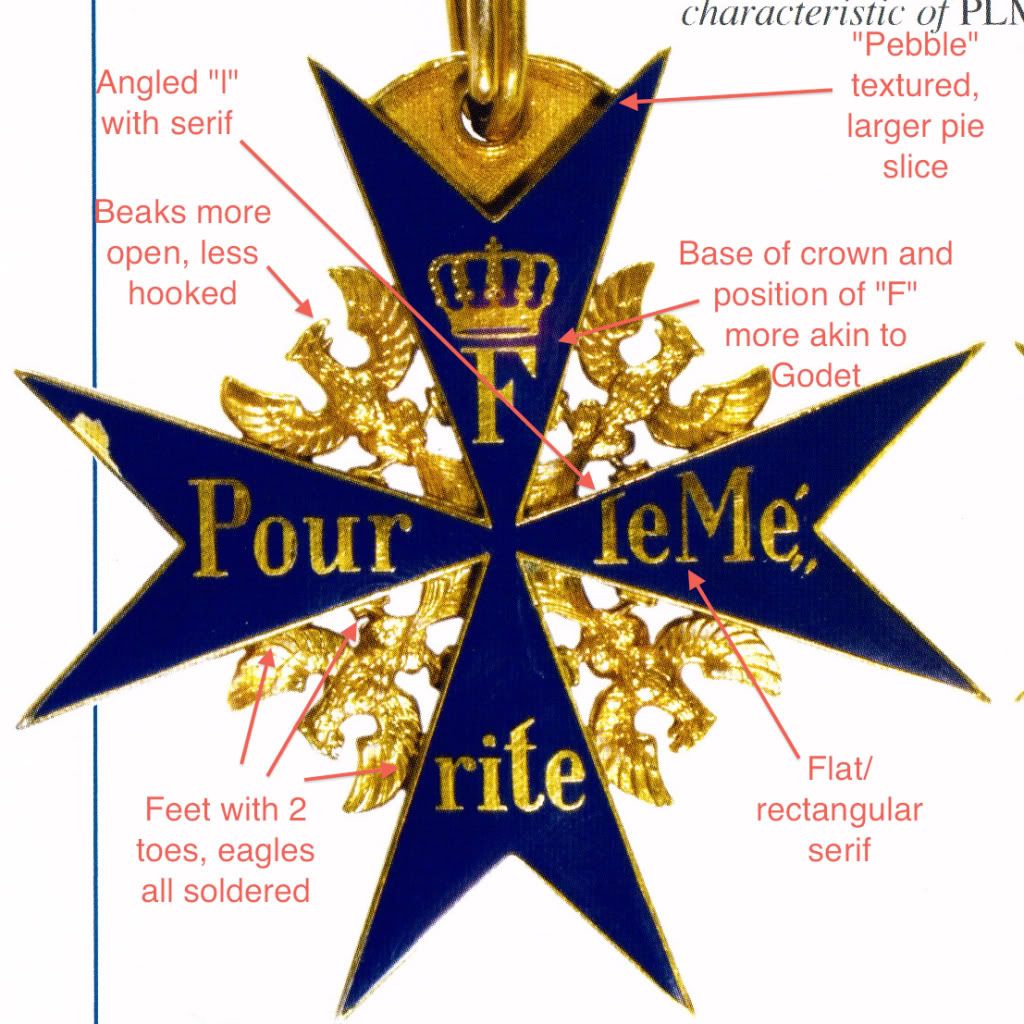
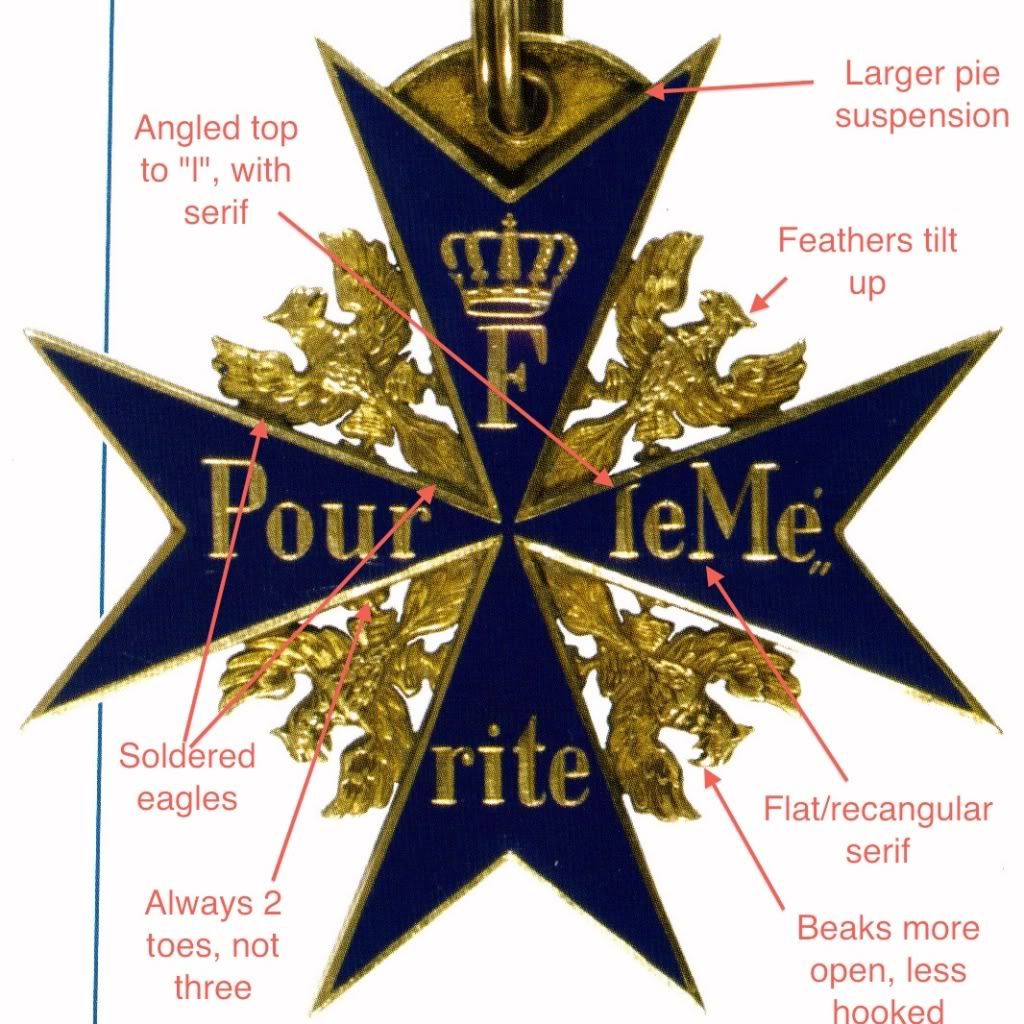
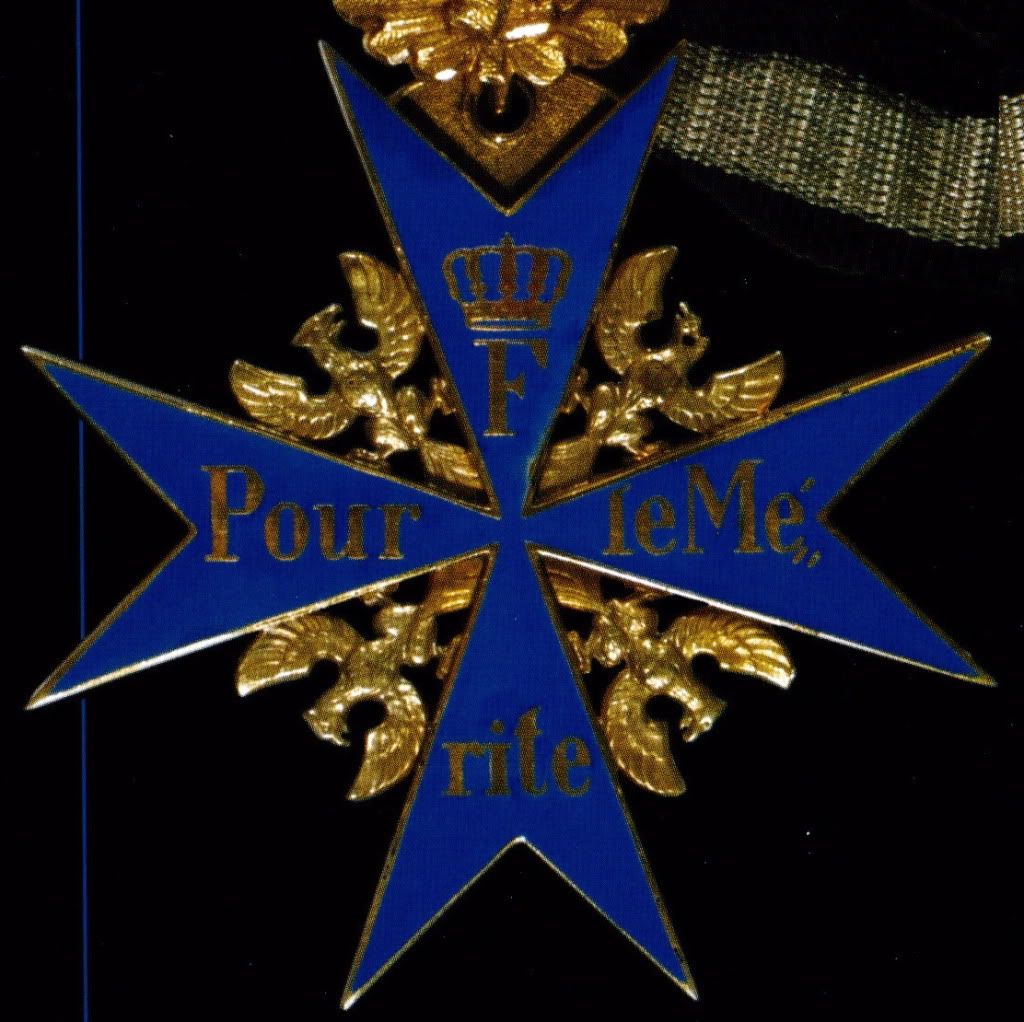



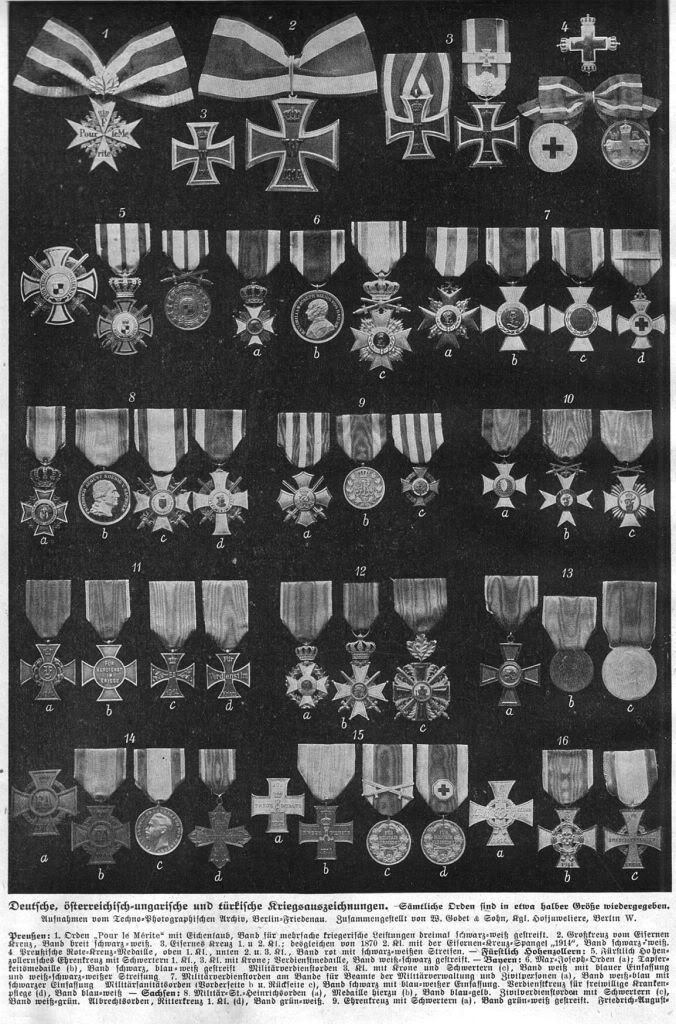

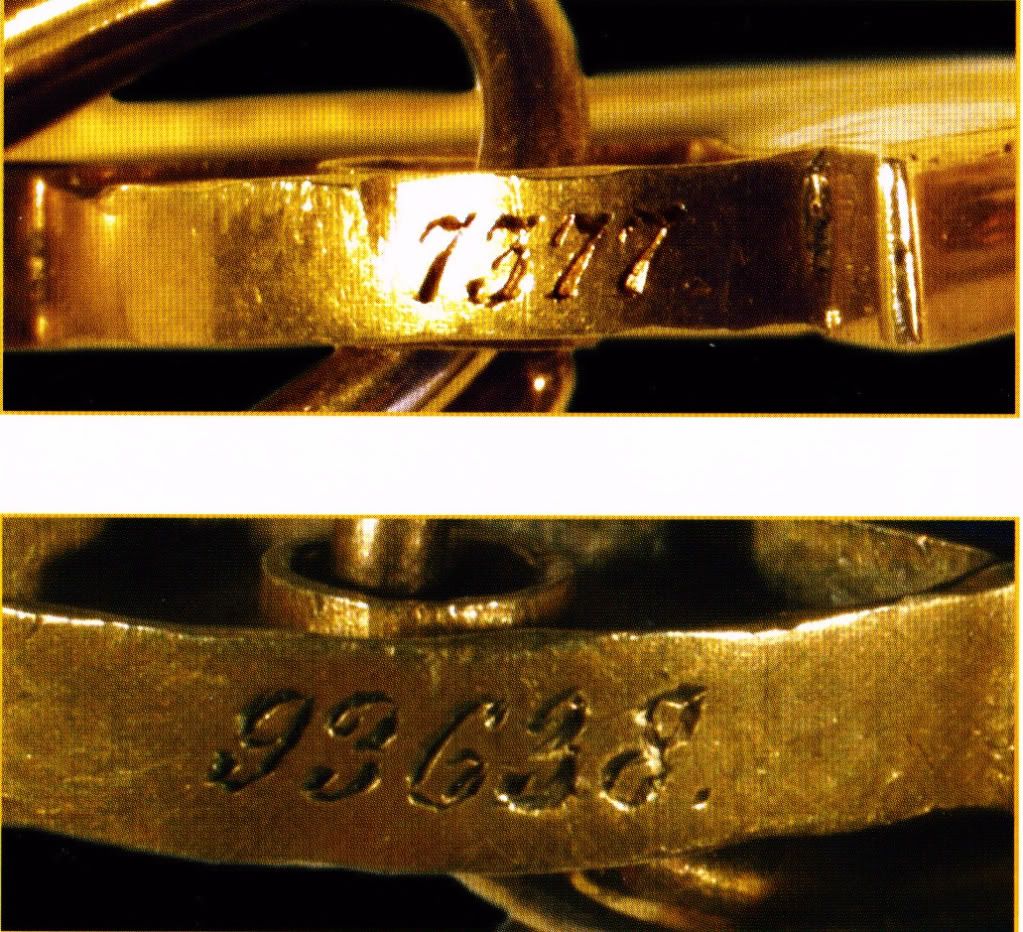
Comment